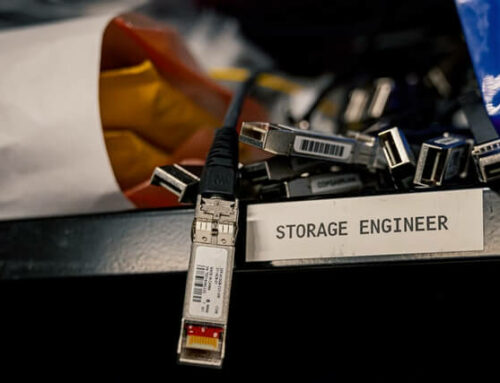Wi-Fi is mission-critical. If your Wi-Fi is not performing as it should, it might be time to make some changes—whether it be to build a new network altogether or to make augmentations to your current one. It could be time to conduct a wireless survey to establish your environmental, hardware, and network needs. But first, you need to find the right type of wireless survey for your organization.
Even the most state-of-the-art networks have occasional downtime and spotty signal strength if they’re not scaled to your company’s growth and user demand. With the introduction of the Internet of Things (IoT) and the prolific adoption of smart devices and wearable tech, companies are leaning more and more on their wireless infrastructure to sustain daily operations.
Wireless Surveys Aren’t One-Size-Fits-All
There are three types of wireless surveys—Active, Passive, and Predictive—and which you need next depends on the current state of your networks.
Active: Wi-Fi Health Check
When you need real-world performance metrics on your networks, an Active wireless survey is your best fit.
A technician arrives on-site and connects a surveying device to your target SSIDs and walks around your environments to test the throughput and strength of your Wi-Fi infrastructure. The final report compiles these metrics and a heat map of Wi-Fi characteristics around the environment that identifies sources of signal degradation.
From these findings, you can adjust AP positioning, add nodes, and troubleshoot architectural limitations to improve Wi-Fi performance.
Passive: Listening for Interference
Passive surveys help you determine what is causing network interference in (and sometimes outside of) your environments.
The technician uses a surveying device to “listen” to all wireless broadcasting occurring in and around your physical environment (cordless phones, mobile hotspots, or the next-door neighbor’s smart appliances). The device can then build a complete picture of your network environment, denoting any and all radio interferences and their sources.
For example, if you’ve recently rolled out a new fleet of printers—and you forgot to disable the local wireless settings—the influx of 2.4Ghz has the potential to cripple your existing network by competing for frequency.
With this data, you can establish hotspot protocols for your employees, as well as configure your non-essential connected devices so they no longer interfere with critical networks. You can also look for less-congested channels in that spec to use if the predominant source of interference is from external environments.
Predictive: Preparing a New Environment
You should conduct a Predictive wireless survey when you are preparing for a new facility roll out, or if you are planning to completely replace your old Wi-Fi infrastructure from scratch.
Technicians use specialized software tools to determine the expected signal attenuation according to each architectural material in your facility (wood vs. glass vs. concrete vs. metal, etc.). While it’s best to complete this survey in person, you can also provide your vendor with a detailed site plan and blueprint so that they can analyze the physical space remotely.
This assessment provides you with recommendations on AP placement in addition to estimations on how the Wi-Fi signal will cover certain areas in your physical space. Often, your wireless vendor will do a follow-up survey to validate that the predictive wireless infrastructure works in practice (or to make any necessary adjustments to AP placement).
Diagnosing Your Wi-Fi Needs
You know your wireless pain points better than anyone else. Now that you know which survey to apply to your environments, it’s time to partner with a Wi-Fi vendor that can deliver the network solutions that you need to operate more efficiently.












